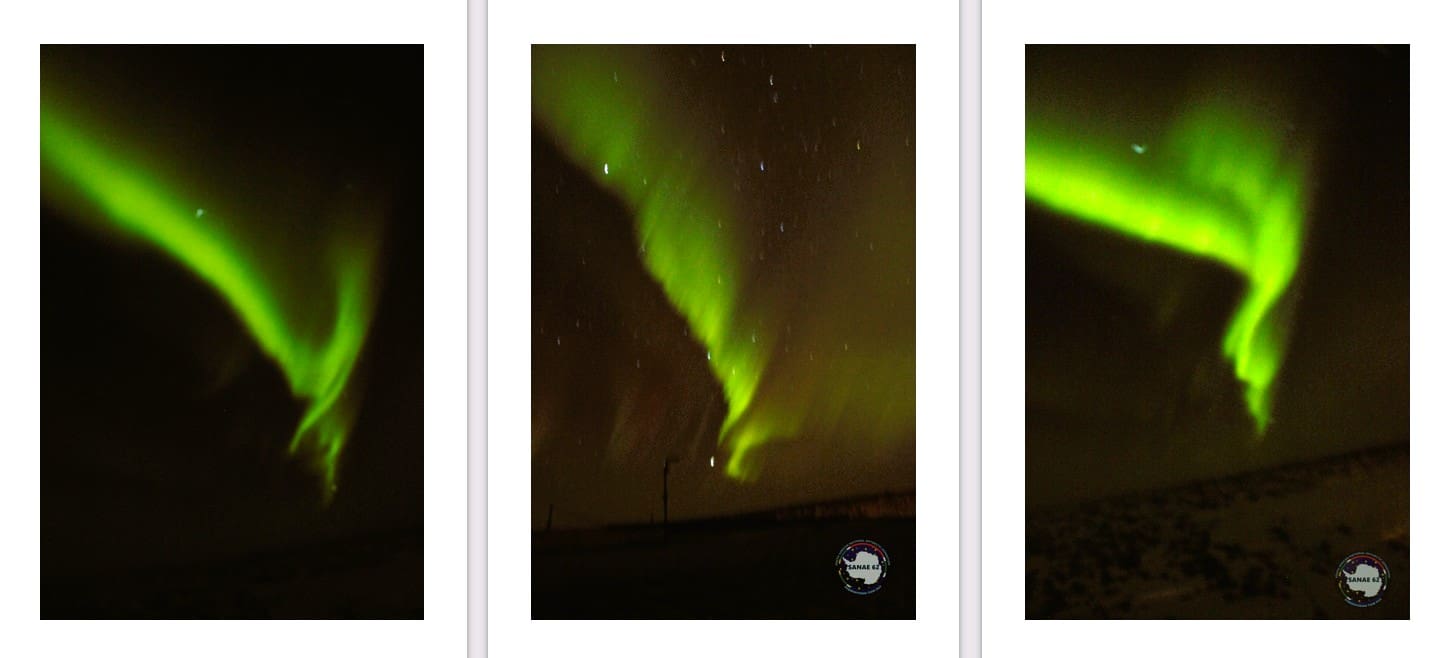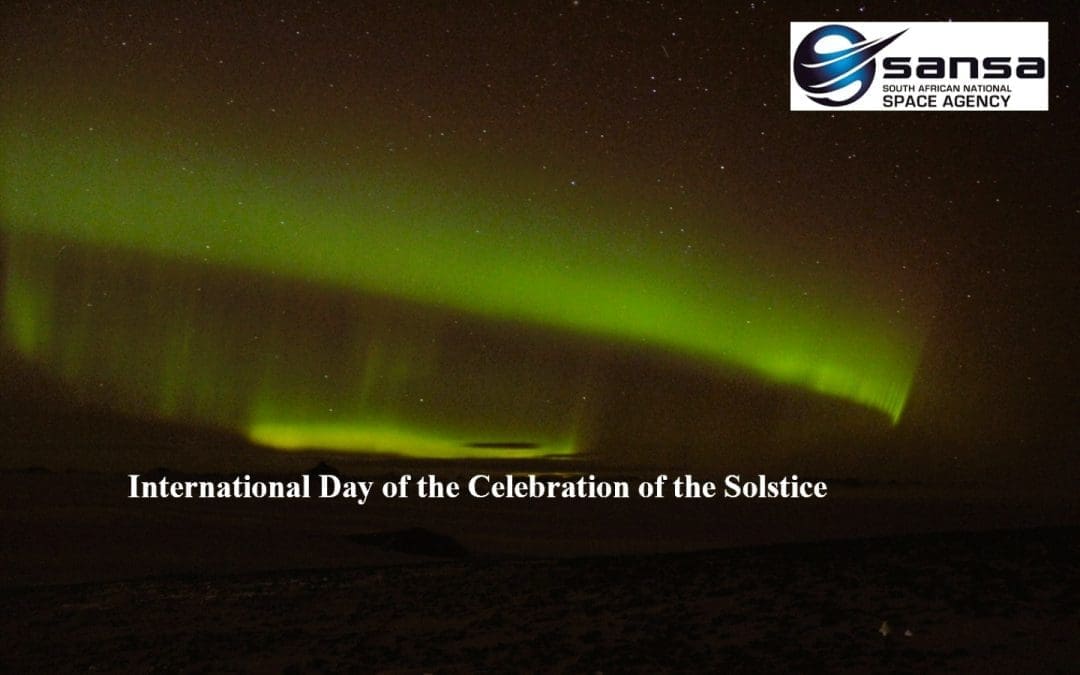 On 21 June, SANAP join the global community in celebrating the International Day of the Celebration of the Solstice (UN Resolution A/RES/73/300), a day that symbolically unites cultures in recognition of the astronomical turning point of the seasons. For those stationed in the southernmost reaches of the world, the Winter Solstice is more than a celestial event—it is the emotional and psychological halfway mark through the long, dark polar night.
On 21 June, SANAP join the global community in celebrating the International Day of the Celebration of the Solstice (UN Resolution A/RES/73/300), a day that symbolically unites cultures in recognition of the astronomical turning point of the seasons. For those stationed in the southernmost reaches of the world, the Winter Solstice is more than a celestial event—it is the emotional and psychological halfway mark through the long, dark polar night.
For the South African National Antarctic Programme (SANAP), Midwinter has long been a cornerstone of Antarctic culture. It’s a day of reflection, festivity, camaraderie, and connection—celebrated with unique traditions at each of our three overwintering research stations: SANAE IV on the Antarctic continent – Marion Island in the sub-Antarctic Indian Ocean – Gough Island in the South Atlantic Ocean
Each station prepares a special Midwinter dinner, creates festive decorations, sends and receives greeting cards from polar stations around the world, and honours the resilience of their teams.
SANSA Research: Unveiling the Aurora
 The South African National Space Agency (SANSA), through its SANAP-supported space weather and atmospheric science projects, takes advantage of the unique location of SANAE IV to conduct world-class research into auroral phenomena and the interaction between the Earth’s magnetic field and solar activity.
The South African National Space Agency (SANSA), through its SANAP-supported space weather and atmospheric science projects, takes advantage of the unique location of SANAE IV to conduct world-class research into auroral phenomena and the interaction between the Earth’s magnetic field and solar activity.
These glowing displays—often visible during the polar night—are studied using ground-based instruments like:
- Magnetometers
- Very Low Frequency (VLF) receivers
- All-sky cameras
The data collected not only enhances our understanding of space weather but also contributes to international efforts to protect satellites, navigation systems, and power grids affected by geomagnetic storms.
Photo credit: DJ van Wyk – SANSA






